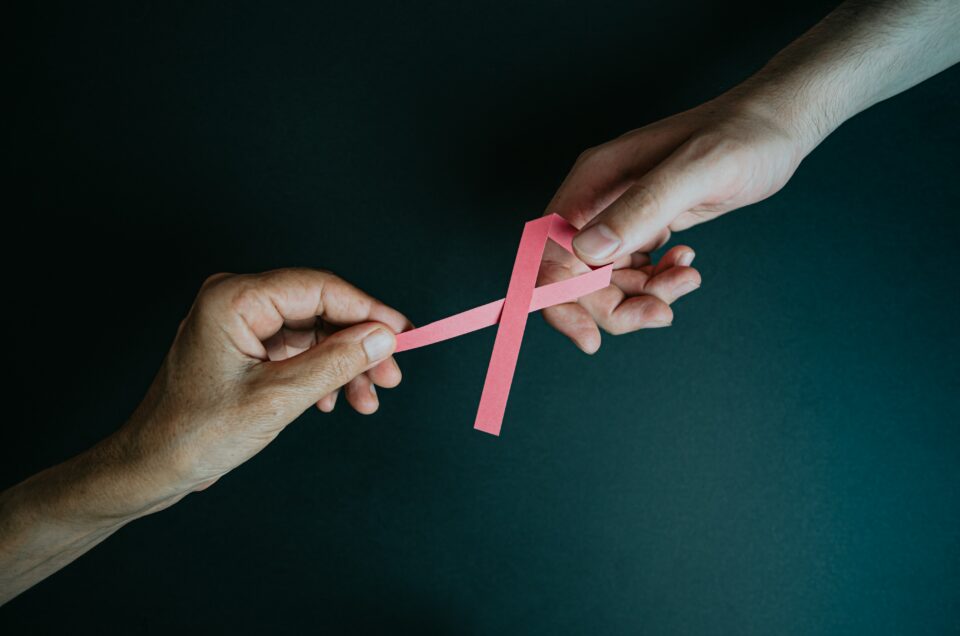Pink Horizon 2050: Triumph Over Breast Cancer

In the year 2050, under the gentle rays of an early autumn sun, we stand on the precipice of victory in the battle against breast cancer.
What was once a global health crisis has transformed into a symbol of hope, and progress.
The Dawn of Awareness
Back in the early 21st century, breast cancer cast a long, daunting shadow over lives and communities.
Diagnosis rates were soaring, and the emotional toll was immeasurable.
In a 2022 study, researchers from the International Agency for Research on Cancer (IARC) and partner institutions provided a global overview of the burden of breast cancer in 2020 and estimated the impact this disease will have in 2040.
The authors predicted that by 2040 the breast cancer burden will increase to more than 3 million new cases per year (an increase of 40%) and more than 1 million deaths per year (an increase of 50%).
Breast cancer accounted for 12.5% of all new annual cancer cases worldwide and was the most common cancer globally.
Yet, diagnosis was often at an advanced stage, compounding the challenges.
Research showed that Over 2.3 million new cases and 685,000 deaths from breast cancer occurred in 2020.
Large geographic variation across countries and world regions existed, with incidence rates ranging from <40 per 100,000 females in some Asian and African countries to over 80 per 100,000 in Australia/New Zealand, Northern America, and parts of Europe.
Smaller geographical variation was observed for mortality; however, transitioning countries continued to carry a disproportionate share of breast cancer deaths relative to transitioned countries.
By 2040, the burden from breast cancer, according to research, was predicted to increase to over 3 million new cases and 1 million deaths every year because of population growth and ageing alone.
The Fight on All Fronts
Scientific advancements became the linchpin in the fight against breast cancer.
Personalized medicine, guided by genomic profiling, revolutionized treatment strategies.
CRISPR-Cas9 gene editing technology was deployed to target specific genetic mutations responsible for breast cancer, rendering it less deadly and more treatable.
The collective effort of biotech giants embarked on an ambitious endeavor such as the 3D bioprinting of synthetic mammary glands.
These artificial organs provided hope to breast cancer survivors while minimizing the risks associated with implants, chemotherapy, radiation, and surgeries.
Policies That Protect
Governments worldwide rallied behind the cause.
The Global Breast Cancer Initiative Framework, by the United Nations Health Organization, aimed at saving 2.5 million lives from breast cancer by 2040.
Mandatory health check-ups and comprehensive breast cancer coverage for employees became workplace policies adopted by progressive corporations.
Personalized Medicine: The Turning Point
By the mid-2030s, breast cancer treatment had undergone a complete transformation.
Targeted therapies, tailored to individual genetic profiles, increased survival rates exponentially.
Global and local awareness groups started getting formed and one of them was the 1991 American-founded National Breast Cancer Coalition (NBCC).
This was a collaboration of activists, survivors, researchers, policy-makers, grassroots groups, and national organizations that have come together as disruptive innovators for social change.
In France, La Ligue contre le cancer was one of the groups that raised awareness against Breast cancer.
Policies ensuring access to cutting-edge treatments for all were enacted all over.
The Road Ahead
In 2050, breast cancer stands on the brink of defeat.
Mortality rates have plummeted, and the disease itself is now manageable.
Clinical trials for next-generation therapies like CRISPR-Cas12 gene editing or therapeutic biomarkers offer even more promise.
Initiatives like ‘Early Rays’ ensure universal access to regular screenings.
A Data-Driven Future
Big data analytics, powered by artificial intelligence, are now driving breast cancer research.
Immense databases store genomic profiles, treatment outcomes, and environmental factors.
AI algorithms are now identifying patterns and guiding treatment decisions.
Blockchain technology is now ensuring secure medical records and research findings, giving patients control over their data.
A Future Brighter Than Pink
As we approach 2050, the story of breast cancer’s journey from devastation to triumph serves as a testament to human determination.
It’s a story of relentless advocacy, scientific innovation, and global cooperation.
In this future, breast cancer is not merely a memory but a reminder of human achievements against adversity.
Let’s renew our commitment to early detection, personalized medicine, and scientific progress.
In honoring the past, we pave the way for a future brighter than pink—a future where breast cancer is a word whispered in the halls of history.

